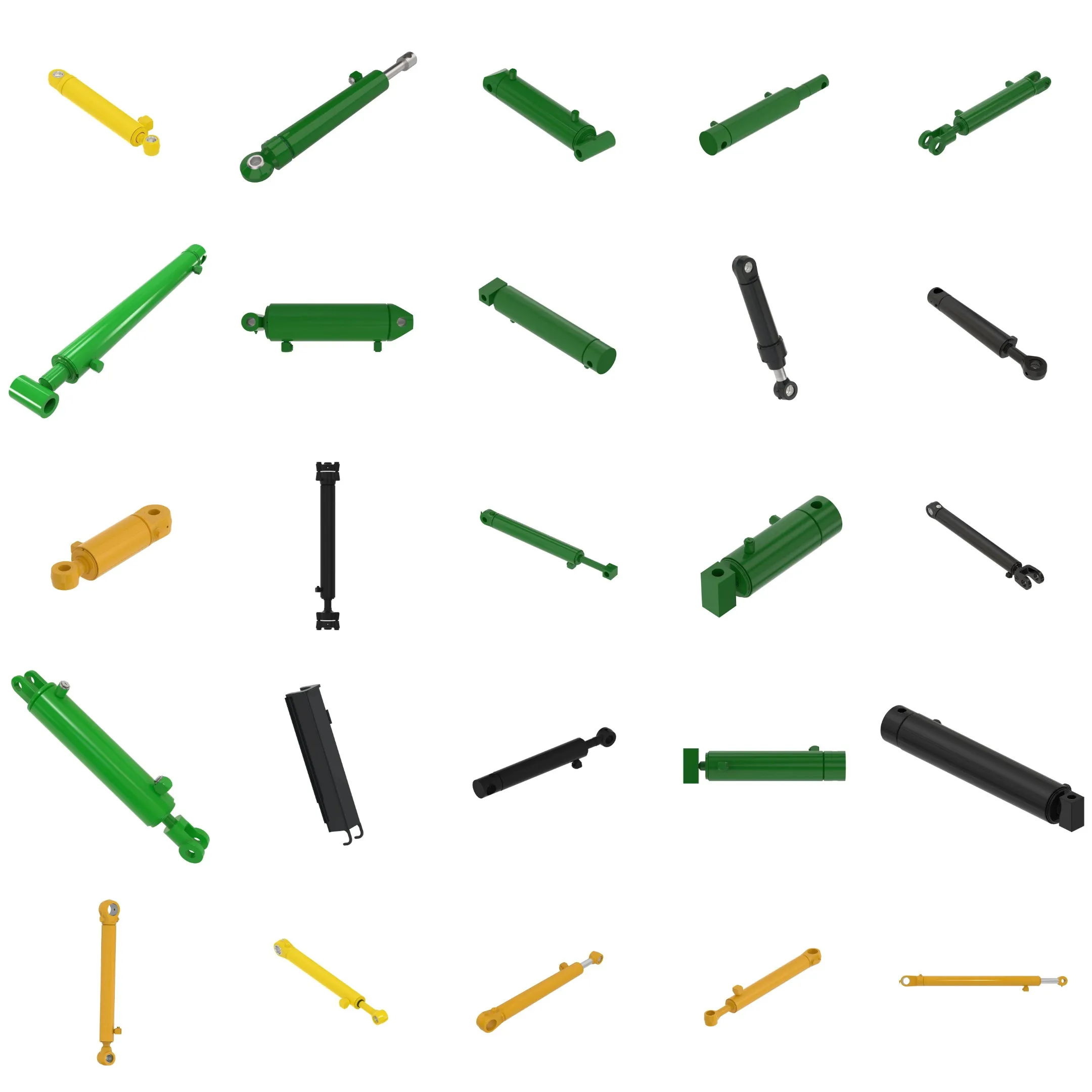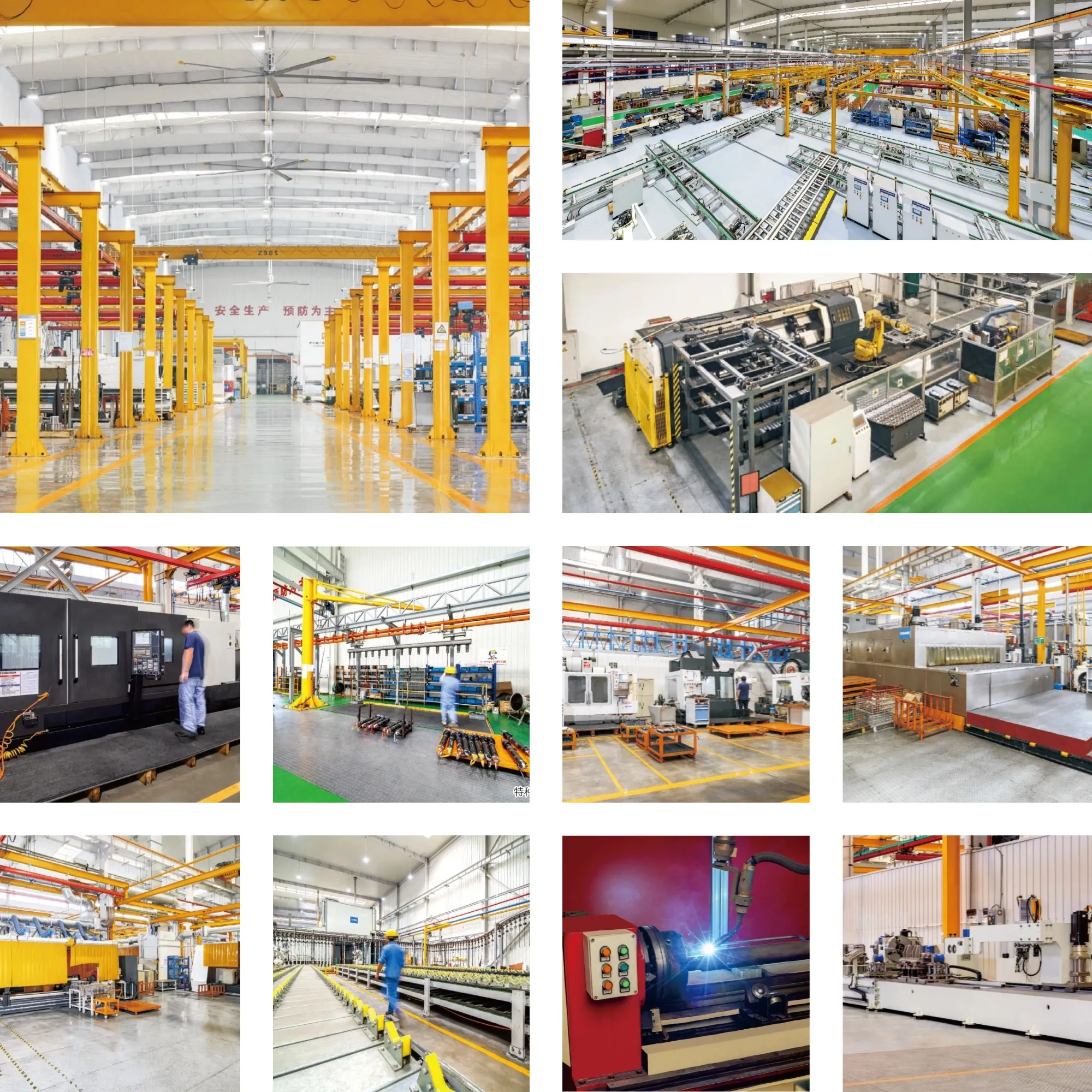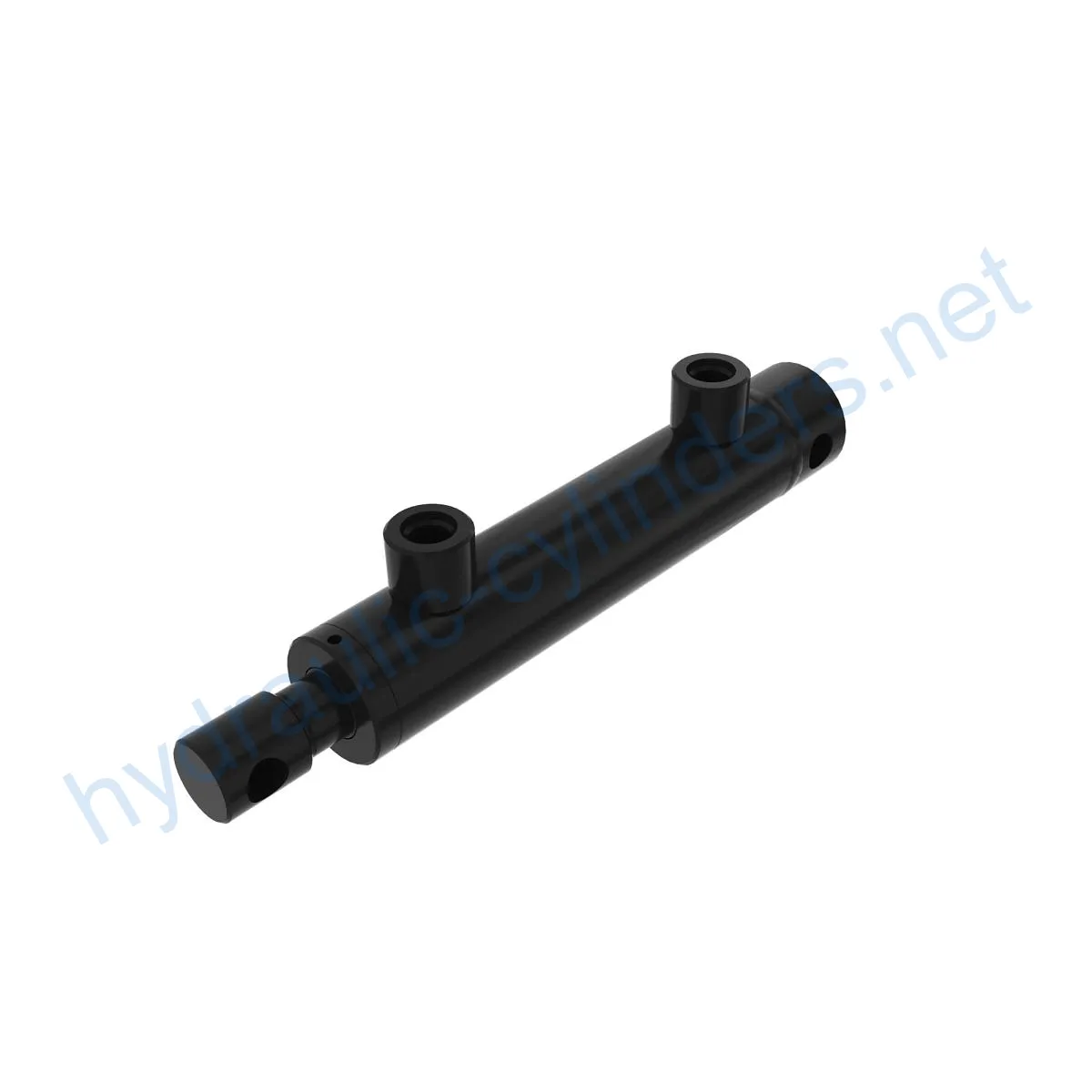Replacement Of AHC20297 Hydraulic Cylinder
Kaip vienas iš hidraulinių cilindrų gamintojų, tiekėjų ir mechaninių produktų eksportuotojų, mes siūlome hidraulinius cilindrus ir daugelį kitų produktų.
Susisiekite su mumis dėl išsamesnės informacijos.
Paštas:sales@hydraulic-cylinders.net
Hidraulinių cilindrų gamintojas, tiekėjas ir eksportuotojas.
Replacement Of AHC20297 Hydraulic Cylinder
The Replacement Of AHC20297 Hydraulic Cylinder is a vital component used in various equipment models, including 8100, 8200, 8300, 8400, 8500, 8600, 8700, 8800, 9500, 9600, 9700, and 9900. This hydraulic cylinder is designed to improve the equipment’s performance, safety, and efficiency by serving as a replacement for damaged or worn cylinders.
Specifications and Models
The Replacement Of AHC20297 Hydraulic Cylinder has a weight of 3.808 lb, a height of 1.7 in, a width of 2.8 in, and a length of 10 in. It is compatible with various equipment models, including 8100, 8200, 8300, 8400, 8500, 8600, 8700, 8800, 9500, 9600, 9700, and 9900.
Features
The Replacement Of AHC20297 Hydraulic Cylinder has several features that make it an excellent replacement option. Some of these features include:
- Improved equipment performance: Replacing damaged or worn hydraulic cylinders can restore the equipment’s normal operating capabilities, ensuring its performance in various applications.
- Enhanced safety: Regularly replacing hydraulic cylinders can reduce safety hazards caused by cylinder failures, ensuring the safety of operators and equipment.
- Overload protection: Modern hydraulic cylinder designs often consider better overload protection mechanisms, improving safety.
- Quick installation: Modern hydraulic cylinder designs often consider easy installation and replacement, reducing downtime.
- Standardized components: Many hydraulic cylinders are standardized products, making it easier to obtain replacement parts in the market.
Our company produces a perfect replacement for these hydraulic cylinders, ensuring that your equipment maintains optimal performance.
Applications
The Replacement Of AHC20297 Hydraulic Cylinder has various applications in different industries. Here are some examples:
- Excavators: The hydraulic cylinder on excavator arms or buckets may become damaged due to long-term use or overload and require replacement to restore normal operation.
- Cranes: The hydraulic cylinder on a crane’s boom is prone to wear and tear during frequent lifting and lowering, requiring periodic replacement to ensure safety.
- Tractors: The hydraulic cylinder on a front-end loader of a tractor may leak or lose performance during constant lifting and tilting operations, requiring replacement.
- Harvesters: During the harvesting process, the hydraulic system undergoes high pressure, and cylinders may become damaged due to fatigue, requiring timely replacement to maintain work efficiency.
- Automated production lines: Hydraulic cylinders are used to control robotic arms and other automation equipment, and failure can affect production efficiency, requiring immediate replacement.
- Die-casting machines: In high-pressure and high-temperature environments, hydraulic cylinders may experience performance decline, and regular replacement can ensure product quality.
- Mining equipment: Hydraulic cylinders are used in mining equipment to lift and move heavy objects. Due to the harsh working environment, regular inspection and replacement are necessary to avoid equipment failures.
- Bulldozers: The wear of the hydraulic cylinder on a bulldozer’s push arm can cause a decrease in push capacity and requires timely replacement to maintain operational efficiency.
Maintenance Tasks
Regular maintenance of the Replacement Of AHC20297 Hydraulic Cylinder is necessary to ensure its optimal functioning. Here are some common maintenance tasks:
1. Regular inspection
Regular inspection of the hydraulic cylinder is essential to detect any signs of wear and tear or leaks. Inspection should be done at least once a year.
2. Appropriate lubrication
Proper lubrication is necessary to ensure the hydraulic cylinder’s optimal functioning. Lubrication should be done as per the manufacturer’s recommendations.
3. Seal replacement and calibration check
Seal replacement and calibration check are necessary to ensure optimal performance. The cylinder’s calibration should be checked regularly to ensure it is functioning within the recommended parameters.
It is essential to provide proper guidance for the correct alignment of the cylinder during installation. The use of appropriate installation brackets to secure the cylinder is recommended. The recommended inspection, repair, and replacement procedures should be strictly followed, and replacement parts and rebuild services should be provided to increase the hydraulic cylinder’s lifespan.
Safety Considerations and Environmental Factors
During the use of hydraulic cylinders, safety considerations are essential. Regular maintenance and replacement of damaged or worn-out parts are necessary to avoid potential hazards. Proper disposal of used hydraulic cylinders should be done to minimize environmental pollution.
Troubleshooting and Common Problems
Hydraulic cylinder failures can occur due to various reasons, including wear and tear, leaks, and poor maintenance. Troubleshooting and identifying the cause of the problem is essential to undertake effective repair or replacement. Some common problems include:
- Leaking hydraulic fluid
- Slow cylinder response
- Inconsistent operation
- Noisy operation
To solve these common problems, it is necessary to identify the root cause and undertake the appropriate repair or replacement procedure. Proper preventive measures should be taken to minimize potential problems and extend the hydraulic cylinder’s lifespan.

Design Considerations and Selection Standards
The design considerations of the Replacement Of AHC20297 Hydraulic Cylinder include key factors such as load-bearing capacity, sealing, durability, safety, and maintainability. These factors should be considered during the selection process to ensure optimal performance and longevity. Some of the considerations include:
- Load-bearing capacity: The hydraulic cylinder should be able to withstand the load requirements of the equipment.
- Sealing: The hydraulic cylinder’s seal should be of high quality to prevent leakage and ensure optimal performance.
- Durability: The hydraulic cylinder should be made of high-quality materials that can withstand harsh working environments.
- Safety: The hydraulic cylinder should be designed with safety features to minimize accidents.
- Maintainability: The hydraulic cylinder should be designed for easy maintenance, repair, and replacement.
The use of appropriate seals, including piston seals and rod seals made of wear-resistant materials such as polyurethane or nitrile rubber, can extend the cylinder’s lifespan. The cylinder’s body and thread end surface should undergo fine processing to improve wear resistance. Regular lubrication with recommended hydraulic oil is necessary to ensure optimal performance and longevity.

Our Company
We are a leading manufacturer and wholesaler of hydraulic cylinders, offering a complete range of products and custom services to meet the needs of different clients on the domestic and international markets. Our company is known for its professionalism, international certification, custom services, modern production equipment, and excellent after-sales services.

Author: lyl
Take a Tour of Our VR Factory:
Take a tour of our VR factory with the following
How Does Forklift Hydraulic Cylinder Work?
Hydraulic Cylinder Application:


